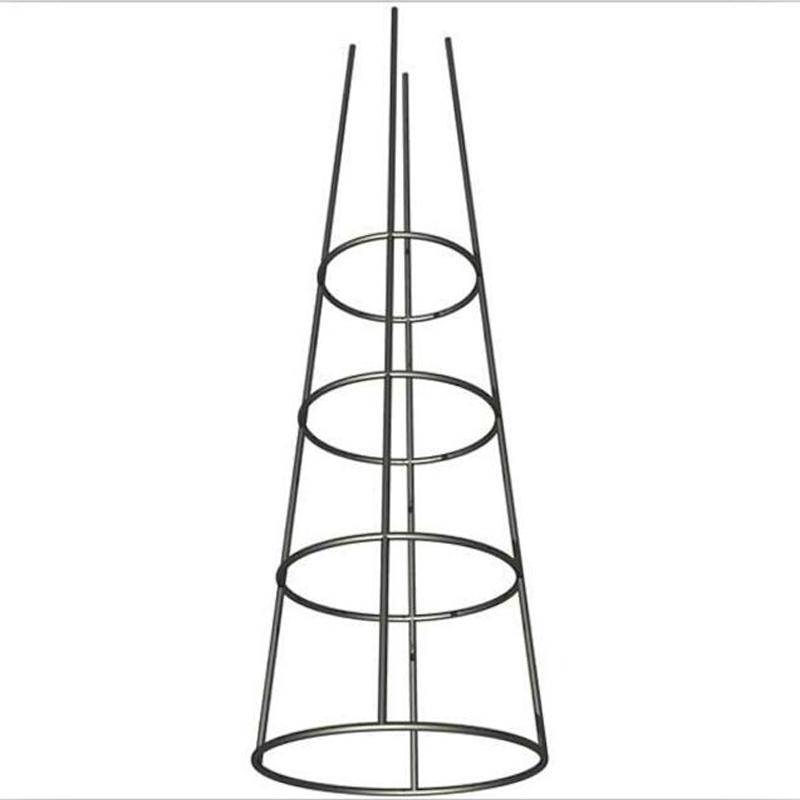
- Mobile Phone
- +8613931874955
- sales@cntcmetal.com
rectangular compression spring
Understanding Rectangular Compression Springs Design, Applications, and Benefits
Rectangular compression springs are a unique type of spring that deviates from the traditional cylindrical design. These springs are essential components in various mechanical systems, offering distinct advantages due to their geometric shape. Understanding their design, applications, and benefits can help engineers and manufacturers optimize their use in diverse industries.
Design Characteristics
Rectangular compression springs are designed to store energy and release it upon compression. Their rectangular shape provides a larger surface area compared to round springs, which can enhance their performance in specific applications. Most rectangular springs are made from high-quality steel, ensuring durability and resilience under load. The design includes variations in width, thickness, and length, allowing customization based on specific requirements.
One of the most significant advantages of rectangular compression springs is their ability to fit into tighter spaces. The flat profile makes them ideal for applications where conventional round springs could be too bulky. This design enables efficient use of materials and space, particularly in compact machinery or electronic devices.
Applications
rectangular compression spring

Rectangular compression springs are utilized in various industries, including automotive, aerospace, consumer electronics, and manufacturing. In the automotive sector, they are often found in suspension systems and seat mechanisms, providing support and comfort for passengers. In consumer electronics, these springs play a critical role in devices such as printers, keyboards, and industrial equipment, ensuring reliable operation.
Moreover, the aerospace industry employs rectangular compression springs in cockpit controls and landing gear systems, where precise movement and reliability are paramount. Their versatility extends to manufacturing equipment as well, where they can assist in assembly line processes and machinery operations.
Benefits
The primary benefits of rectangular compression springs include their space-saving design, increased surface area for load distribution, and the ability to be customized for unique applications. The larger surface area of rectangular springs allows for better energy absorption, reducing the risk of fatigue and failure. Additionally, they can be engineered to provide specific load characteristics, making them suitable for a wide range of applications.
Furthermore, the manufacturing process for rectangular springs often leads to reduced material waste, making them a more sustainable choice. The ability to produce these springs in various sizes and strengths also enhances their applicability across different sectors.
In conclusion, rectangular compression springs are a valuable alternative to conventional spring designs. Their unique characteristics, wide-ranging applications, and numerous benefits make them an essential component in modern engineering and design. By understanding their functionality and potential, industries can continue to innovate and enhance the efficiency of their systems.
share:
-
Yard Sign Stakes: Reliable Guardians of Outdoor SignsNewsAug.04,2025
-
Wall Ties: Invisible Guardians of Building StabilityNewsAug.04,2025
-
Resilient Web: The Super Guardian Power of Concrete MeshNewsAug.04,2025
-
Masonry Accessories: A versatile assistant on building foundationsNewsAug.04,2025
-
Iron Binding Wire: the 'invisible reinforcement specialist' in the fields of architecture and industryNewsAug.04,2025
-
Dynamic Spring: The diverse functions and excellent performance of Wire Tension SpringNewsAug.04,2025
-
Your Source for Concrete Wall Ties and Masonry AccessoriesNewsJul.10,2025



















